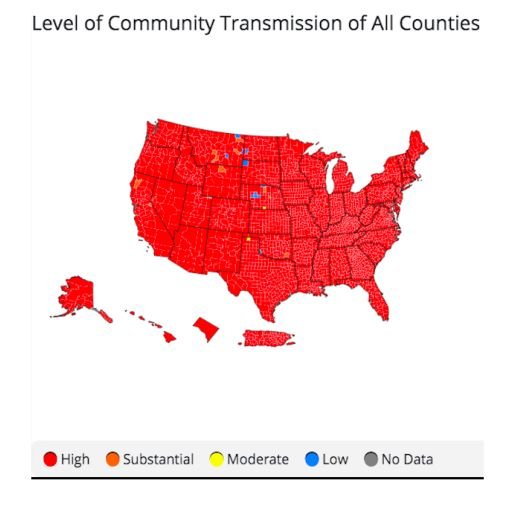Here is the back story about the fresh air meters we sell, which measure CO2 and calculate the amount of fresh air per person in a room. We “make” these meters by taking commercially-available meters and adjusting the setpoints properly so the meters stay in calibration and give the best green-yellow-red indications of the amount of fresh air. (Unfortunately, meters without the proper setpoints quickly become out of calibration and worthless. All this is explained further in my new video: Fresh Air Meters.)
Do you need one of these meters? Yes, if you bring people together inside your building and want to reduce the chance of their spreading covid-19 from one to another. Also, if you want to publicize to people that you are making an effort to reduce the covid-19 risk, including having a good level of fresh air ventilation.
Keep in mind that you may or may not have a well-functioning ventilation system. If not, the needed revisions to the system may be as simple as changing a setpoint, or as complicated and expensive as a whole new system.
You may be asking, how effective is extra fresh air ventilation, and how much should we have? We don’t really know. However, the World Health Organization does have a fresh air standard, and the CDC has a “potential target benchmark for good ventilation” and these are what we use to set the green-yellow-red indication on our meters.
What we DO know, is that no single measure, extra fresh air, masks, etc. will guarantee complete safety. Here is a sad case history. The owner of one of our meters is in a business where clients come in to the building for various amounts of time, in meetings with employees. In this case, a single client spent six hours in a room with an employee. Both people were masked, they mostly kept six feet apart, and a Safetulator™ meter was in constant use, with windows opened as needed to “keep it in the green”. They completed the six hours of work. Early the next morning, the client woke up with covid-19 symptoms, and then got tested for covid-19 with the result being positive. Of course everyone was worried—after five days, the employee was still OK, but ultimately did get the disease. (They both have now recovered.)
Not all possible safety measures were taken in this case. Additionally, they could have:
done a PCR test 24 to 48 hours before the start of their day together, allowing enough time to get the results back,
carefully inquired for any possible symptoms before starting the meeting (upcoming blog post),
worn N95 masks (see Jan. 4th blog post),
run an air purifier to filter out virus at a rate of 100 cfm/person or higher—this would be in addition to the 30 cfm/person of fresh air being provided by “being in the green” (see Jan. 11th blog post).
Remember, as my nurse friend stresses, exposure to the virus is cumulative. The virus can be transmitted (without masks) in as little as five minutes, and exposures to the virus can build up over time. Each person’s immune system has a certain capacity to successfully fight off the disease, and when this limit is reached, the additional exposure can let the virus establish itself in your body.
So while fresh air is just one of several important measures, if you are willing to make good fresh air a priority—to reduce covid-19 risk and also for general health—then you need a Safetulator™ fresh air meter. My nurse friend adds that the benefits of good fresh air would equally apply to any upper respiratory disease (flu, common cold, pneumonia). Flu numbers were down last year because people were masked and physically distancing when symptoms were evident. An additional question to ask would be “Were you exposed to anyone with cold-like symptoms in the last 72 hours?” It is often an eye-opener when the exposure question is asked in that manner.
A complete guide on how to use the meter is mentioned in our Dec. 9th blog post, in the document Improving COVID-19 Safety within Buildings - A Do-It-Yourself Guide for Building Operators (PDF).
We don't have live comments or feedback set up yet for blog posts, but you're always welcome to email us at safetulator@kohlerandlewis.com and tell us if you'd like us to post your comment.

